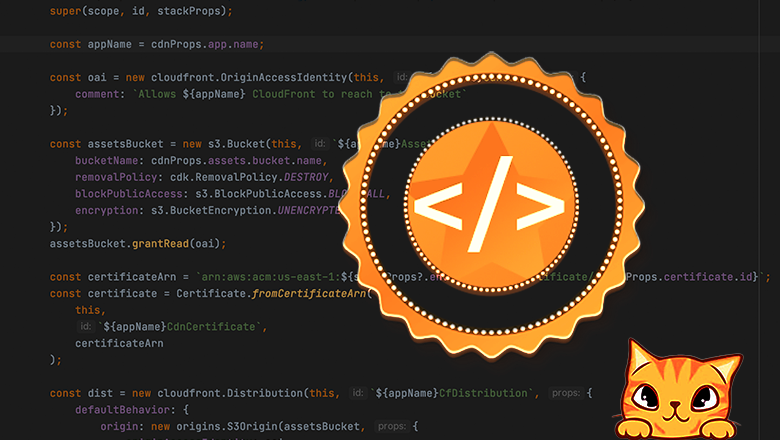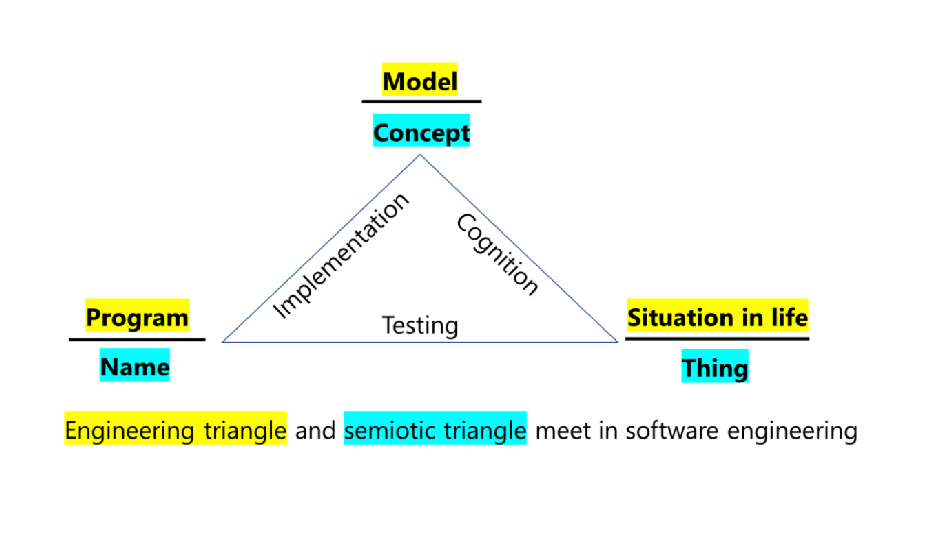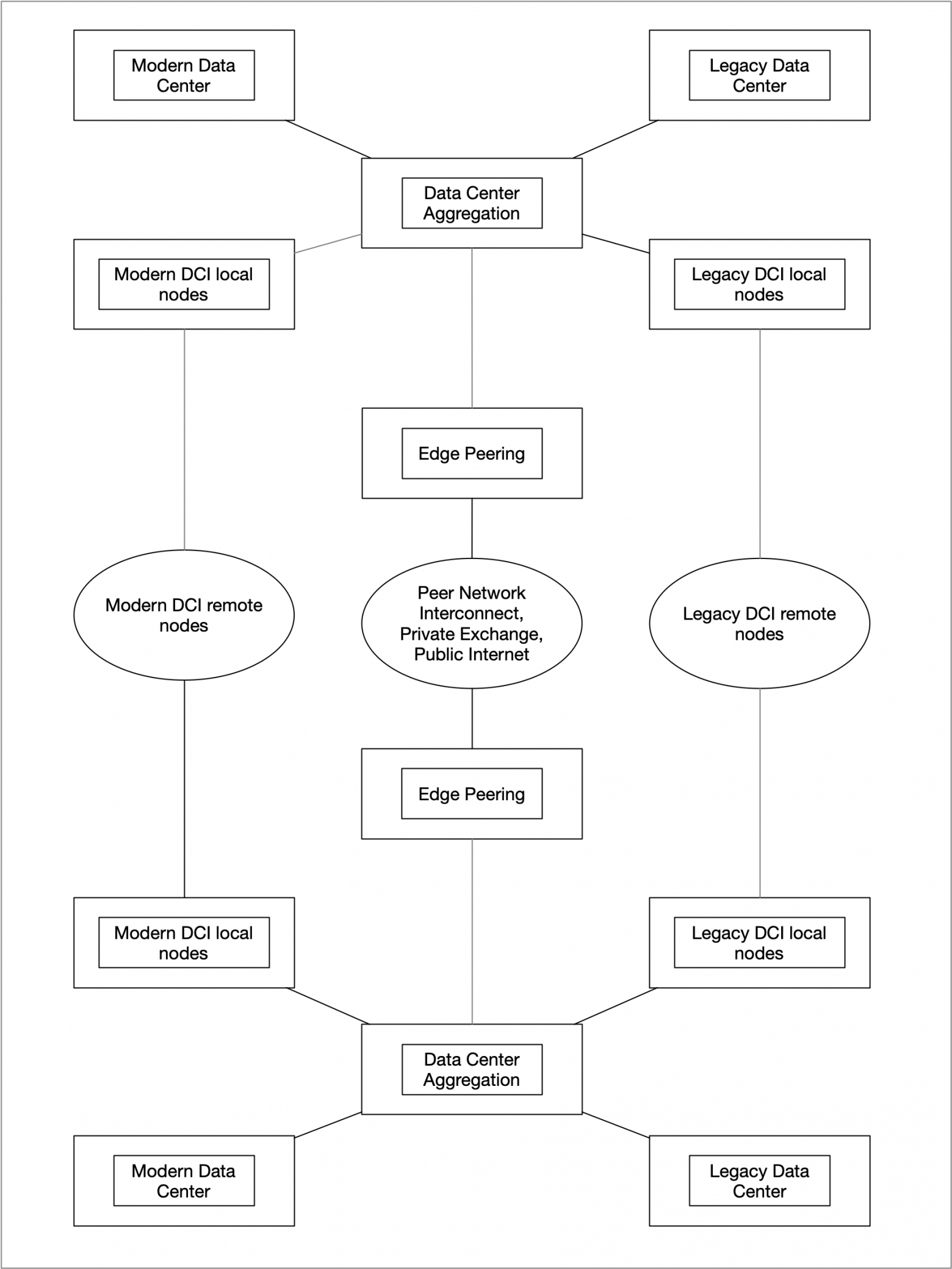Demid Efremov and Ivan Kornienko.
Music box on Verilog HDL for Cyclone IV.
Demid Efremov and Ivan Kornienko.
Music box on Verilog HDL for Cyclone IV.

Application Programming Interfaces or API’s are responsible for majority of system integration and functional components of modern computing landscape in both consumer and enterprise environments.
Properly constructed secure API’s provide significant benefits during initial build, integration with other systems and during entire application lifecycle while protecting sensitive information stored in business systems.
Based on author's experience designing and implementing API’s for variety of clients in financial, insurance, telecom and public sectors, security is often overlooked in favor of simplistic, vendor/product specific solutions.
This article addresses best practices for API security design in product neutral manner to help architects to plan and build easy to work with and secure API's.
Recommended approach is to separate API security from its business functionality and allow back-end developers to concentrate only on business functions. Once business logic for an API is ready, it can be published using common security components described in this article.
This article does not provide any product specific recommendations, but any modern API security/governance platform will be able to satisfy majority of suggested requirements using out-of-the-box functionality.

Hi everyone, today I will tell how I restored a defunct LVM thinpool. Unfortunately I could not find any howtos or manuals on the internet, so maybe this one will help someone in a similar situation.

JiraCLI is an interactive command line tool for Atlassian Jira that will help you avoid Jira UI to some extent. This tool is not yet considered complete but has all the essential features required to improve your workflow with Jira.
The tool started with the idea of making issue search and navigation as straightforward as possible. However, the tool now includes all necessary features like issue creation, cloning, linking, ticket transition, and much more.
The tool supports both jira cloud and on-premise jira installation since the latest release.

When we move towards the digital world, we shouldn’t forget that cybersecurity has been playing a major role in our life. Talks about digital security have been stiff. The main challenge we would face is abnormality.
During an online transaction, most of the product-lovers prefer credit cards. The credit limit available in credit cards would allow us to purchase even when our bank balance is insufficient. But this is great news for cyber attackers eyeing your money.
For tackling this problem, we should depend upon a system to make hardpressed transactions effortless.
This is where we need a system to track the transaction patterns. With AI, we can abort any abnormal transaction, precisely for credit card fraud detection AI.
As of now, we will come across a number of machine learning algorithms to classify unusual transactions where Artificial Intelligence detect fraud. We only need past data and the right algorithm to fit the data in the right form in case of credit card fraud detection ai.
How do we make this happen? Let’s look into the process of credit card fraud detection AI:
Import the needed libraries
The best step to detect credit card fraud detection with AI is to import the libraries. The best practice would be to import the necessary libraries in a single section for the purpose of quick modification. To use the credit card data, we can use the PCA’s transformed version or RFECV, RFE, VIF and SelectKBest to get the best model features.
Import Dataset
Machine learning helps with fraud detection. It’s quite simple to import the dataset when you use the pandas module in python. You can run the run command for importing your data.

I had some experience in the matching engine development for cryptocurrency exchange some time ago. That was an interesting and challenging experience. I developed it in clear C++ from scratch. The testing of it is also quite a challenging task. You need to get data for testing, perform testing, collect some statistics, and at last, analyze collected data to find weak points and bottlenecks. I want to focus on testing the C++ matching engine and show how testing can give insights for optimizations even without the need to change the code. The matching engine I developed can do more than 1’000’000 TPS (transactions per second) and is 10x times faster than the matching engine of the Binance cryptocurrency exchange (see one post on Binance Blog).

Proactive search for complex threats seems to be a useful technology but inaccessible for many organizations. Is it really so? What do companies need to do to start Threat Hunting? What tools are needed for threat hunting? What trends in this area can be seen on the market in the coming years? These are some of the questions I would like to answer in my article today.
What is Threat Hunting?
Threat Hunting is a search for threats in a proactive mode when the information security specialist is sure that the network is compromised. He should understand how his network operates in order to be able to identify various attacks by examining the existing anomalies.
Threat Hunting is a search for threats that have already bypassed automated detection systems. Moreover, most often, you do not have signals or alerts that allow you to detect an intrusion.
From the SOC perspective, Threat Hunting is an extension of the service that allows you to counter any level of intruders, including those who use previously unknown tools and methods.
Threat Hunting can be based on some data obtained by a security specialist, or it can be based on a hypothesis. If after testing the hypothesis, the test gives a positive result, then later, it can be used to improve the processes and mechanisms of detecting threats. And also, Threat Hunting allows you to find blind spots in the security system and expand the monitoring area.
What organizations need Threat Hunting?
Proactive threat hunting is relevant to those organizations that can become the target of a complex, targeted APT attack. At the same time, given the trend towards supply chain attacks, a small company may also become a target for motivated attackers.

The blog post demonstrates flexibility of the Company Structure in Employee Central when replicating complex SAP ERP HCM Organizational Structures.

In my project, I was faced with the need to implement a scroll bar. The standard approaches didn't fully satisfy what designers wanted to see. Here is an example, it is slightly different in appearance from what I needed, but the essence is approximately the same: the scroll bar should be on the right side of the list and take into account the padding of the scroll bar, with the slider displaying the percentage of the scrolled part of the list.

Once I was asked to save a traffic dump of an Instagram app while viewing one particular user profile. Simply saving the traffic dump on the router didn't make sense because the app used TLS to communicate with the server. Existing solutions didn't work because they worked with an older version of Instagram.
Below I will describe how I managed to do it myself using mitmproxy, ghidra and frida.

With the help of the ESLint and Prettier features, you can automate the formatting of your code, make it more expressive and accurate, correspond to specific rules, and avoid errors and bottlenecks even before uploading the code to the shared source storage...

Getting acquainted with the CodeIgniter 4 PHP framework is quite simple.
Spend the evening following the instructions in the «Build Your First Application» section. Since the documentation is written in a good, technically understandable language, it is even possible to get some aesthetic pleasure in the process of familiarizing yourself with this and other sections.
The feeling of airiness and consistency of the CodeIgniter 4 project will be present with you everywhere now.
What is so attractive about CodeIgniter 4?

Goal: continuously send UDP packets from an Arduino Nano 33 IoT to a Raspberry Pi 4 to understand the reliability of this solution.

We present a guide to name entities in code based on putting naming in perspectives of semantic space, design, and readability.
The main idea is that naming should not be considered as creation of tags, but as a fundamental part of design process, which implies integral and consistent vocabulary to be used. We discuss naming process and naming formalism from these perspectives and we provide guidelines for practical use.
The work is based on 15 years of experience in engineering work, coding and development management in high-tech industries.

Network architecture at hyperscalers is a subject to constant innovation and is ever evolving to meet the demand. Network operators are constantly experimenting with solutions and finding new ways to keep it reliable and cost effective. Hyperscalers are periodically publishing their findings and innovations in a variety of scientific and technical groups.
The purpose of this article is to summarize the information about how hyperscalers design and manage networks. The goal here is to help connecting the dots, dissect and digest the data from a variety of sources including my personal experience working with hyperscalers.
DISCLAIMER: All information in this article is acquired from public resources. This article contains my own opinion which might not match and does not represent the opinion of my employer.

Hackathons could be very intimidating and stressful. The key to getting better is doing simple projects. In this article, we will look at an example of a web app that can be used for sharpening your skills when you prepare for a hackathon. We will use a powerful Google API based on Machine Learning and apply the following technologies: ASP.NET, HTML, Docker, Heroku, and Git.

Setting up Atom for working with python is quite a tricky task. I've spent a lot of time making it work. Autocompleting, autoformatting, type hints, and much more will be available to you after reading this tutorial.

We describe the implementation of a custom Domain Name System (DNS) by using C socket programming for network communication, together with SQLite3 database for the storage of Internet Protocol (IP) for Uniform Resource Locator (URL). Then we provide a performance analysis of our implementation. Our code is available publicly [1].

Hi, My name is Alex and I am a DevOps engineer at Altenar. “No Windows, no problems.” - that is the answer I got by asking a guru of Ansible "How do you manage Windows?" on one of the local Ansible meetups. Although we have been running a modern stack (k8s, helm, .net core, etc) in production for about two years, that’s not how it has always been.

As we all are aware of the fact that the digital market is heavily leaning towards a reliable UX-driven process, app development has become quite complex, especially for targeting the industry for mobile platforms.
For every organization, creating a product that is beneficial for their customer needs always comes up with a plethora of challenges.
From the technical point of time, there are various challenges that every business faces, including selecting the right platform for the app, the right technology stack or framework, and creating an app that fulfills the needs and expectations of customers.
Similarly, there are more challenges that every business faces and needs to cope with while creating its dream product.
So, what to do??
Well, what if I say that the answer to all your queries and questions is Flutter app development with Artificial Intelligence (AI) integration……
Surprised? Wondering how?
Well, AI in Flutter app development is one of the best advancements in the software market. The concept of AI was first introduced during the 20th century with loads of innovations and advancements that we are still integrating into our mobile app development.
But, what are Artificial Intelligence and Flutter app development?